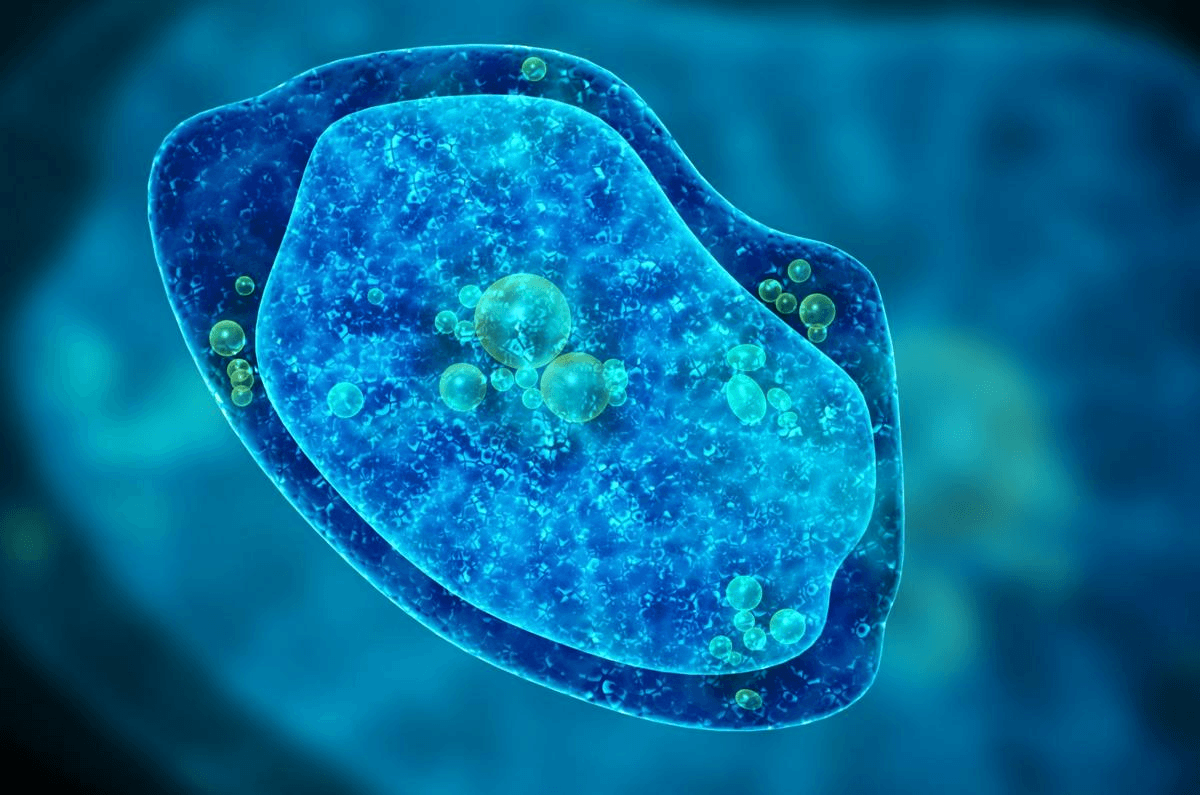What is the smallest amount of cells any living organism can have in order to survive?
One.
What is the human body's largest organ?
Skin!
Organisms are either multicellular or unicellular. What are the scientific terms of multi or uni-cellular organisms?
Multiple cells = Eukaryota (YOU are a Eukaryotic)
Single/Unicellular = Prokaryotic Cell
Is bacteria alive?
Yes.
What are the 3 parts of the cell theory?
All organisms are made of cells.
All existing cells are produced by other living cells.
The cell is the most basic unit of life.
What's the definition of biology?
The study of living things.
At this level of organization, at least 2 different cells are working together to perform one specific function. What have I just described?
An organ!
Light, temperature and sound are examples of WHAT characteristic?
"Response to stimuli," specifically the stimuli
Is an apple that has fallen from a tree, alive?
No.
Which scientist had the least powerful microscope?
Robert Hooke
This type of cell must carry out all functions.
Multicellular Cell
The follow is an example of what level of organization? Skeletal, circulatory, digestive, etc...
Organ systems
A tadpole turning into a frog over time is what type of characteristic?
Growth & Development; Development
Is mold alive?
Yes.
Who are the 5 contributors to the cell theory?
Robert Hooke
Anton van Leeuwenhoek
Matthias Schleiden
Theodor Schwann
Rudolf Virchow
What does a cell do?
This question has multiple parts and multiple answers.
Provide structure for the body, take in nutrients from food, convert those nutrients into energy, and carry out specialized functions.
In multicellular organisms, cells come in different shapes. Why?
Cells are shaped to fit their specific function.
A small child blows on a dandelion resulting in a field full of weeds. What is this characteristic?
Reproduction.
Is the grass underneath the snow, alive?
No.
How long, or during what years, was The Cell Theory being developed?
1665-1838, roughly 173 years
Roughly, how many cells make up the human body?
Trillions!
What is the level of organization from SMALLEST to LARGEST starting with "atom"
Atom < Molecule < Organelle < Cell < Tissue < Organ < Organ System < Organism
 This amoeba has how many cells? Why type of cells does it contain?
This amoeba has how many cells? Why type of cells does it contain?
It has 1 cell and is a prokaryotic cell.
Is a virus alive?
No viruses need "hosts" and cannot reproduce or survive without a host.
What did Mathias Schwann contribute to the cell theory?
Plant cells are made up of different parts.